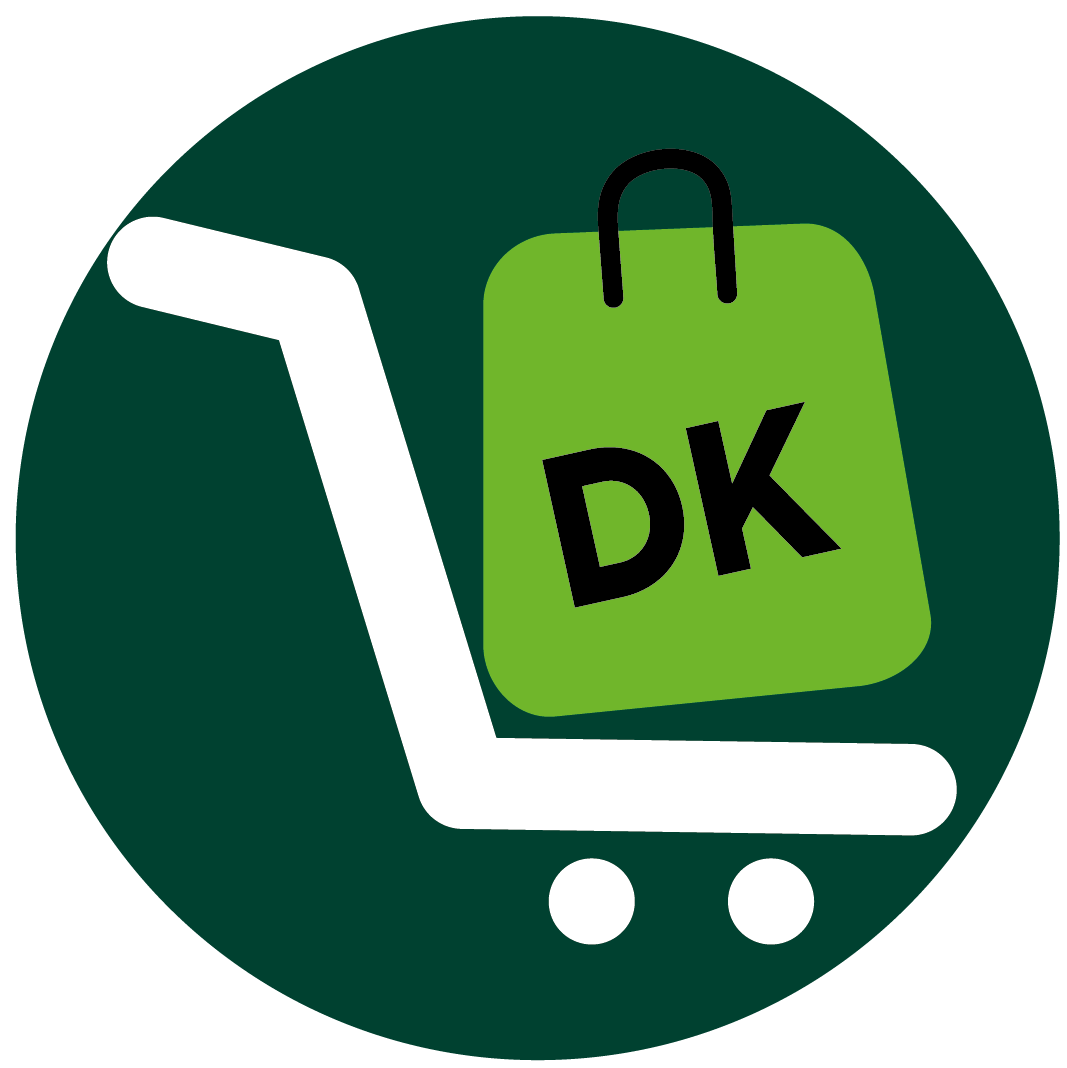Imagine a world where your creativity knows no bounds, where your expertise becomes your greatest asset, and where your passion transforms into profit. Welcome to the realm of digital products – a bustling marketplace brimming with endless possibilities.
Picture yourself crafting sleek graphic design templates, composing mesmerizing music tracks, or developing innovative software solutions – all poised to revolutionize industries and captivate audiences worldwide. Embark on a journey through the tantalizing world of digital products, where every idea has the power to spark inspiration and ignite success.
1. eBooks
2. Online Courses
3. Stock Photos
4. Graphics And Design Templates
5. Digital Art
6. Software/ Plugins
7. Music and Audio Files
8. Mobile Apps
9. Printables
10. Webinars and Workshops
Overview Of 10 Digital Products You Can Sell Online
How To Choose 10 Digital Products You Can Sell Online
Pros & Cons of 10 Digital Products You Can Sell Online
What To Watch Out For
Pro Tips
Recap
1. E-Books

Write and sell ebooks on various topics such as self-help, cooking, or business strategies.
Pros
- Requires minimal production costs compared to physical books, eliminating expenses related to printing, shipping, and inventory management
- Have full control over content creation, formatting, and pricing, allowing for easy updates, revisions, and experimentation with different marketing strategies
Cons
- Are susceptible to piracy and unauthorized sharing, potentially leading to revenue loss and diminished sales
- Is highly competitive, with numerous titles vying for readers’ attention, making it challenging to stand out and attract customers
- Encompasses a wide range of digital content, including fiction, non-fiction, guides, manuals, and educational materials, among others
- Are typically distributed in popular formats such as PDF, EPUB, and MOBI, compatible with various e-readers, smartphones, and tablets
- Can be sold through online marketplaces such as Amazon Kindle Store, Apple Books, Google Play Books, and Barnes & Noble Nook Store, as well as through author websites and other digital platforms
>>> MORE : Dropshipping How to Advertise
2. Online Courses

Develop and sell courses on platforms like Udemy or Teachable covering subjects like programming, photography, or marketing.
Pros
- Can be easily scaled to accommodate a large number of students without significant additional resources or costs, making them highly profitable
- Offers comprehensive and in-depth learning experiences, providing high value to students seeking to acquire new skills, knowledge, or qualifications
Cons
- May encounter technical issues such as poor internet connectivity, compatibility issues with devices or browsers, or difficulty navigating the course platform, affecting the learning experience
- Is highly competitive, with numerous platforms and courses available on a wide range of topics, making it challenging to stand out and attract students
- May be delivered through proprietary learning management systems (LMS), video hosting platforms, or online course marketplaces such as Udemy, Coursera, Teachable, or Skillshare
- Must identify target audiences, assess market demand, define learning objectives, structure course content, and design engaging learning activities to maximize student engagement and learning outcomes
3. Stock Photos
Create and sell high-quality stock photos for use in digital marketing, websites, or design projects.
Pros
- Can upload a large number of photos to stock platforms, increasing their earning potential without significant additional effort
- Cater to a diverse range of industries and purposes, including advertising, marketing, publishing, web design, and more, providing opportunities for photographers to sell their work in various niches
Cons
- Is highly competitive, with a large number of photographers and images available on stock platforms, making it challenging to stand out and attract buyers
- Offer low royalty rates for photographers, resulting in limited earnings per download, especially for non-exclusive contributors
- Can upload to stock photography platforms, where they are available for licensing and download by users for various purposes. These platforms may include Shutterstock, Adobe Stock, Getty Images, iStock, and others
- Covers a wide range of subjects, themes, and concepts, including landscapes, nature, travel, food, business, technology, lifestyle, and more
- Can sell stock photos as either royalty-free or rights-managed licenses, depending on the usage rights granted to the buyer
4. Graphics And Design Templates

Design and sell templates for social media graphics, presentations, or website designs.
Pros
- Covers a wide range of applications, including social media graphics, presentations, website design, print materials, branding assets, and more, providing opportunities for designers to sell their work in various niches
- Can create a large number of templates and sell them repeatedly, increasing their earning potential without significant additional effort
Cons
- Design trends can change rapidly, requiring designers to stay updated on industry trends, customer preferences, and emerging styles to produce relevant and in-demand templates
- May need to provide customer support, assistance, and guidance to buyers who have questions, issues, or customization requests for the templates they purchase
- Can be sold on digital marketplaces such as Creative Market, Envato Market, GraphicRiver, and Etsy
- Templates include a wide range of products, such as social media graphics, presentation templates, website themes, logo designs, business card templates, flyer designs, and more
5. Digital Art
Create and sell digital art prints, illustrations, or paintings for personal or commercial use.
Pros
- Allows for limitless creativity and experimentation with various techniques and styles
- Appeals to a wide range of buyers, including collectors, businesses, and individuals seeking unique artworks
Cons
- Requires proficiency in digital tools and software, which can be challenging for beginners
- Is highly competitive, making it difficult for artists to stand out and attract buyers
- Artists use software like Adobe Photoshop, Illustrator, Procreate, or Corel Painter, along with digital drawing tablets or graphic tablets
- Can be shared and sold on online platforms such as Etsy, DeviantArt, ArtStation, or through personal websites and social media
6. Software/ Plugins

Develop and sell software applications or plugins for websites, content management systems, or e-commerce platforms.
Pros
- Offers a wide range of functionalities and capabilities to enhance productivity and creativity in various industries
- Can customize software/plugins to suit their specific needs and preferences, enhancing usability and performance
Cons
- May have a steep learning curve, requiring technical expertise to use effectively
- Must provide ongoing support, updates, and maintenance to address bugs, security vulnerabilities, and compatibility issues
- Developers use programming languages like Python, JavaScript, or C++ to create software and plugins
- Are sold on online marketplaces like Adobe Exchange, Unity Asset Store, or GitHub, or directly from developer websites
- Can be sold as standalone applications, extensions for existing software, or integrated into larger platforms
>>> PRO TIPS : Etsy Seller Success Tips That Always Work
7. Music and Audio Files
Compose and sell music tracks, sound effects, or audio loops for use in videos, podcasts, or games.
Pros
- Evoke emotions, set moods, and enhance storytelling in various media productions
- Are used in a wide range of applications, including films, TV shows, video games, podcasts, and advertisements
Cons
- Must protect their music and audio files from copyright infringement and unauthorized use
- Trends evolve over time, requiring artists to stay updated on industry trends and adapt their styles to meet customer preferences
- Use digital audio workstations (DAWs) like Ableton Live, Pro Tools, FL Studio, or Logic Pro to create and produce music
- Are sold on online marketplaces such as iTunes, Spotify, Bandcamp, or through personal websites and music libraries
8. Mobile Apps

Develop, sell mobile applications for smartphones and tablets, offering solutions for productivity, entertainment, or fitness.
Pros
- Can monetize apps through app stores, in-app purchases, subscriptions, or advertising
- Can reach a global audience through app stores and digital distribution platforms
Cons
- Developing and maintaining mobile apps can be expensive
- Is highly competitive, with millions of apps available for download
- Use programming languages like Java, Kotlin, Swift, or React Native to create mobile apps, along with integrated development environments (IDEs) like Android Studio or Xcode
- Are sold on app stores like Apple App Store, Google Play Store, or through third-party app marketplaces
9. Printables
Design and sell printable planners, calendars, or art prints for customers to download and print at home.
Pros
- Offers instant access to downloadable templates, worksheets, and planners
- Can customize printables to suit their specific needs and preferences
- Are often more affordable than physical products
Cons
- Must protect their printables from unauthorized distribution
- Must be compatible with common file formats for easy printing
- Use graphic design software like Adobe InDesign, Illustrator, or Canva to create printable templates and materials
- Are sold on online marketplaces such as Etsy, Teachers Pay Teachers, or through personal websites and blogs
10. Webinars and Workshops
Host and sell access to live or recorded webinars and workshops on topics like professional development or personal finance.
Pros
- Offer valuable information and insights to participants
- Can be attended from anywhere with an internet connection
- Can connect with other like-minded individuals and professionals
Cons
- May encounter technical glitches or connectivity issues
- Must effectively market their webinars and workshops to attract participants
- Use webinar platforms like Zoom, Webex, GoToWebinar, or specialized webinar software to host and conduct sessions
- Are hosted on webinar platforms, company websites, or through online course platforms like Teachable or Thinkific
- Can be sold as live sessions, recorded sessions, or part of larger online course offerings
Overview Of 10 Digital Products You Can Sell Online

Dive into this lucrative world and unlock new avenues for innovation, profit, and success. Whether you’re crafting digital art, composing music tracks, or developing cutting-edge software, there’s a niche waiting to be explored. Embrace the digital revolution and harness the power of technology to captivate audiences, solve problems, and carve your path to entrepreneurial greatness.
>>> GET SMARTER : Shopify vs Prestashop
How To Choose 10 Digital Products You Can Sell Online
- Choose topics or niches that you are passionate about or have expertise in
- Conduct market research to identify trending topics, popular niches, and customer pain points
- Analyze competitors in your chosen niches to understand what digital products they offer, their pricing strategies, and customer feedback
- Evaluate the potential profitability of each digital product based on factors such as production costs, pricing, and potential sales volume
- Consider the scalability of each digital product in terms of production, marketing, and distribution
Pros & Cons of 10 Digital Products You Can Sell Online
Pros
- Allows you to reach customers worldwide, expanding your potential market and increasing sales opportunities
- Can be easily replicated and distributed to a large number of customers without significant additional costs, making them highly scalable
- Have low production costs since there are no physical materials or inventory to manage
Cons
- Are vulnerable to piracy and unauthorized sharing, which can lead to revenue loss and decreased profitability
- May encounter technical issues when downloading or accessing digital products, leading to customer dissatisfaction and support requests
What to Watch Out For
- Be vigilant about protecting your intellectual property rights and ensure that your digital products are not infringing on others’ copyrights
- Protect your digital products and customer data from security threats such as hacking, data breaches, or malware
- Choose reputable payment processors and platforms to handle transactions securely
- Thoroughly test your digital products across different devices, platforms, and environments to ensure functionality, usability, and performance
Pro Tips
- Instead of targeting broad audiences, focus on niche markets with specific needs or interests
- Invest in branding to differentiate your products and create a memorable identity that resonates with your target audience
- Offer valuable content, insights, or solutions that address customer pain points, solve problems, or provide unique perspectives
Recap
Digital products offer lucrative opportunities for online sales. They include ebooks, online courses, stock photos, graphic design templates, software/plugins, digital art, music/audio files, printables, webinars/workshops, and mobile apps. Low production costs and scalability make them attractive for entrepreneurs. Leverage market trends, analytics, and branding to stand out. Adaptation and innovation are key to success in this dynamic landscape. With strategic planning and quality offerings, selling digital products online can be a rewarding venture.














